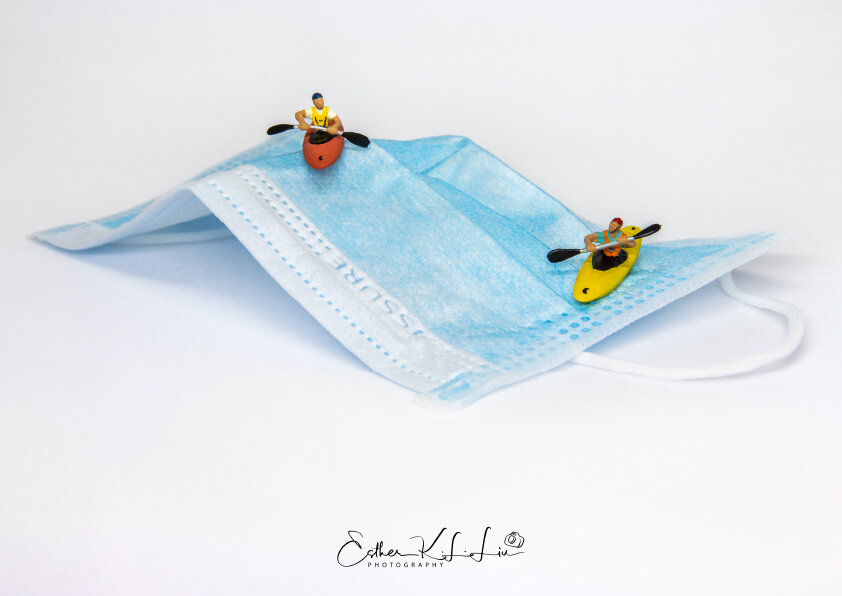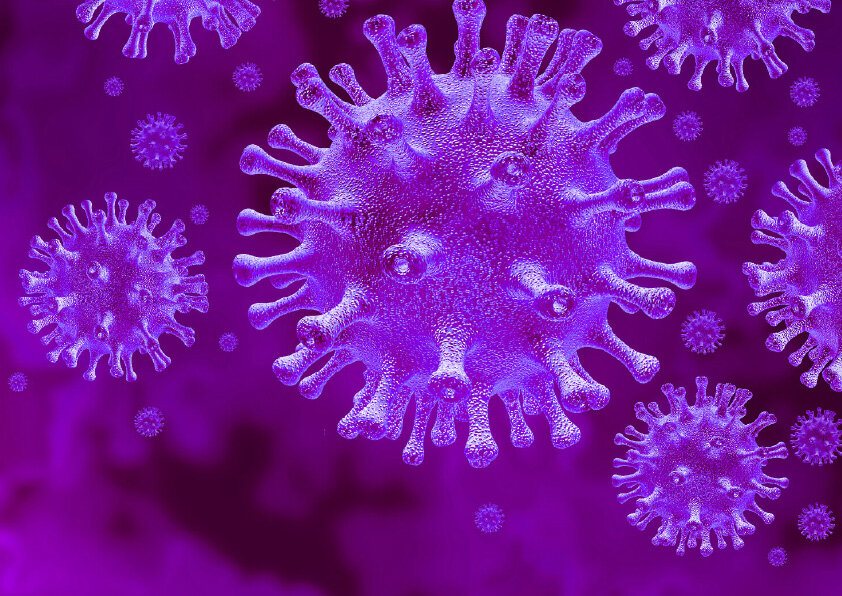
Disposable Masks: New Pollution Calls for New Innovations

The coronavirus has reportedly claimed 5 million lives worldwide[1]. Being a convenient and efficient first line of defense against virus transmission, the demand for disposable masks has grown exponentially – along with its disposal. Globally, 0.5 million tonnes of used masks are dumped every month – and a huge bulk are entering our oceans and washing up on shorelines all over the world, exacerbating the plastic waste situation in our oceans[2]. What this new form of pollution tells us, is that the world needs better masks, and fast.
Innovative solutions like eco-friendly masks are rapidly emerging. In fact, patent filings in this field saw an unprecedented five-fold increase in 2020, compared to 2019[3]. But to bring these innovations to consumers more quickly, collaborations and cross-industry efforts are crucial.
Collaboration allows for repurposing of existing materials, which significantly shorten the development process for new masks. A collaboration between the Agency for Science, Technology and Research and a local textiles company, Ramatex, resulted in a washable mask which sustains filtration efficiency even after 30 washes[4].
Notable cross-industry efforts include 3D-printed masks developed by Zhumeng Santi, a Chinese 3D printing company, that enables the easy replacement of filters through the design of printed parts, making the masks reusable[5]. Electric gadgets have also found their way into building sustainable masks. The Technion, an Israeli institute, has developed a self-disinfecting mask with a USB heater to destroy the virus accumulated on the mask[6].
And mask innovation has not stopped there. Working together, innovators have looked beyond commonly-used synthetic materials, and into natural anti-microbial substances. Eco-friendly masks from natural products such as coffee, bacterial cellulose or abaca fibres, have also been developed[7][8][9].
The abundance of innovations during this pandemic highlights the importance of sharing ideas across different industries and publishing innovative solutions. To do that, patent protection allows enterprises to openly engage in knowledge sharing to accelerate innovations, while securing their competitive advantage against reverse engineering.
Intellectual property offices globally offer initiatives to accelerate the granting and publishing of patent applications. Locally, the SG IP Fast Track program expedites the application-to-grant process to just six months[10]. This means quicker commercialisation for companies, along with earlier releases of invention information to facilitate development in rapidly evolving areas. The programme also allows for accelerated grant of related trademark (registered in 3-6 months) and design applications (registered in 1 month). This would allow inventors to comprehensively protect their innovations and swiftly bring them to market.
Similar accelerated programs are also available in other patent offices. The United States Patent and Trademark Office further encourages inventors to voluntarily publish their applications before the usual 18-month timeline to spur development of critical technologies[11]. Patent analytics data also enable innovators to identify gaps in the current technologies. Budding innovators may find inspiration in the patent datasets of COVID-19 related technologies compiled by the European Patent office to produce better masks[12].
A safer and cleaner world hinges on the collective efforts of innovators – made possible through collaboration and the sharing of information. With IP offices worldwide committed to facilitating these avenues whilst helping companies safeguard their edge, the ideal mask could be developed sooner rather than later, if companies openly contribute their ideas to be improved upon.

This article was first written on 23 Dec 2020. All numerical data has been updated as of 2 Nov 2021 to reflect the latest developments.
Photo credits: Esther Liu, Patent Examiner
|
"COVID-19 Dashboard by the CSSC at Johns Hopkins University," [Online]. Available: https://www.arcgis.com/apps/dashboards/bda7594740fd40299423467b48e9ecf6. |
|
|
"The Straits Times," [Online]. Available: https://www.straitstimes.com/multimedia/graphics/2021/01/covid19-masks/index.html?shell. |
|
|
"Search in FAMPAT database:(((BIO_PLASTIC? OR +DEGRAD+ OR +DECOMPOS+ OR GREEN OR RECYCL+ OR REUS+ OR WASH+ OR STERILIZ+ OR DECONTAMINA+ OR ECO_FRIEND+ OR (ENVIRONMENT+ 2D FRIEND+)) 3D MASK? ))/TI/AB/CLMS," Search performed 1/11/2021. |
|
|
"Manufacturing Matters," [Online]. Available: https://www.a-star.edu.sg/simtech/news-events/SIMTech-Manufacturing-Matters/MM/features/a-mask-have-solution. |
|
|
M. Santi, "CN211672581U". |
|
|
N. Jeffay, "The Times of Israel," 26 08 2020. [Online]. Available: https://www.timesofisrael.com/masks-may-become-self-cleaning-with-israeli-scientists-usb-powered-hack/. |
|
|
"ShoeX - From Bean to Mask," [Online]. Available: https://shoex.net/. |
|
|
"Sum Studio," 2020. [Online]. Available: https://www.sum.design/work/xylinum-mask. |
|
|
"Greenmatters," 2020. [Online]. Available: https://www.greenmatters.com/p/abaca-face-masks. |
|
|
"Intellectual Property Office of Singapore - Acceleration Programmes," [Online]. Available: https://www.ipos.gov.sg/about-ip/patents/how-to-register/acceleration-programmes. |
|
|
"Voluntary early publication of patent applications," USPTO, 2020. [Online]. Available: https://www.uspto.gov/coronavirus/voluntary-early-publication-patent-applications. |
|
|
"Technologies for the new normal," [Online]. Available: https://www.epo.org/news-events/in-focus/fighting-coronavirus/technologies-for-the-new-normal.html. |



Book a complimentary chat with us to learn how you can leverage on your IP.
Book IA Chat Session


